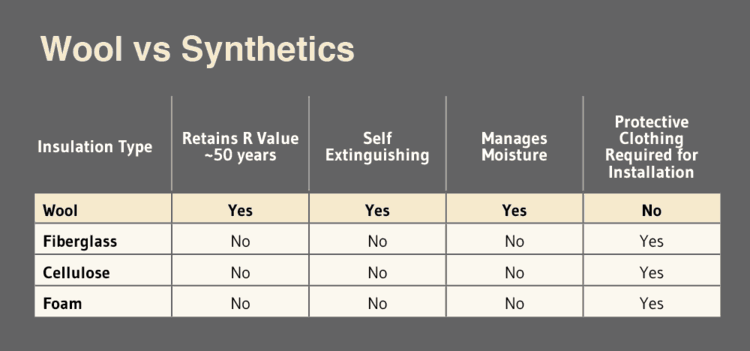But while many see the benefits of insulating our houses.
Black wool attic insulation danger.
If it is white however it may be a newer product.
It is made by pulling strands of glass into thin fibers.
Blown in spray foam batts and blankets.
They are concerned that fiberglass may cause cancer although the national toxicology program ruled that the warning applies only to some kinds of glass wool fibers that can be inhaled such as during the insulation installation process.
Rock wool insulation.
The black color is not the color of the insulation.
Older types of insulation include loose fill or batt fiberglass which can be pink yellow or white.
Brown or black in color.
It can often be found in creases and corners as well as inside or behind insulation.
Fiberglass insulation or glass wool is a man made vitreous fiber.
It is a manufactured product made by melting basaltic rock and dolomite with added binders.
We offer our review of the three most popular types of attic insulation with a look at each one s pros and cons.
I see small blotches of gray insulation throughout the blanket which indicates that this insulation is black coated due to serious venting issues within the attic.
Rock wool is a silica based stranded insulation very similar to fiberglass.
Mineral wool was the most common thermal insulation for residential use until the 1960 s when fiberglass insulation become the standard.
Another mineral based loose fill insulation is rock wool which has a fibrous soft cottony texture.
Fiberglass insulation a man made mineral fiber con structed from a variety of materials such as sand and recycled glass is the most popular form of insulation in the united states more than 90 percent of homes in america are lined with the pink stuff source.
By mackenzie wright updated september 30 2017.
Looking at the very first pic that you posted it appears to be a rock wool insulation.
People can be affected by fiberglass when they come into contact with it either during the manufacturing process or when it is being used in a building.
Asbestos is a fiberous form of silica and traces of material that appear similar to asbestos under.
Your options for attic insulation range from radiant barriers to sheets of mineral wool but most homeowners stick with products made from cellulose or fiberglass.
The dangers of attic mold.
If the insulation is wool like and gray it may be loose fill rockwool.
On wood or drywall it can look like a discoloration or stained area in large to small splotches or smaller spots and speckles.
While this type is often still used older insulation may be discolored or torn and is therefore less effective.

